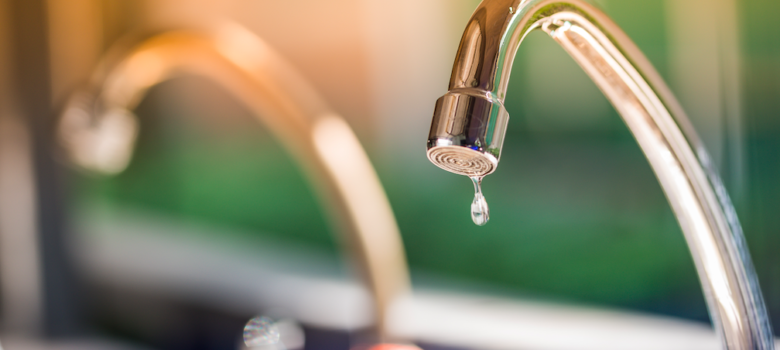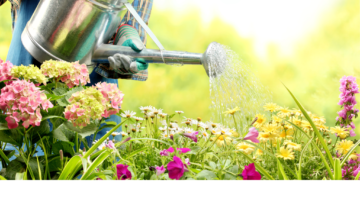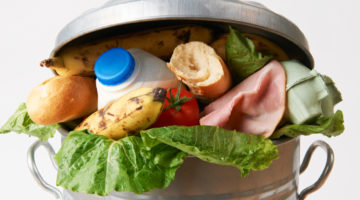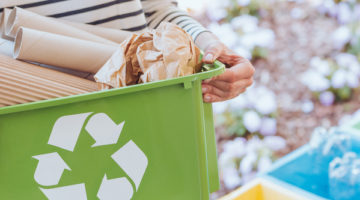
Why is it important to save water where possible?
We are using more water than ever before, and in the UK, the average person gets through a huge 150 litres of water per day.
If you’re not on a meter, it’s easy to be flippant about using lots of water, as you’re not billed depending on your usage. However, you will spend money heating it and (pretty importantly) it’s one of the world’s most precious resources.
As everyone knows, we need water to survive. We shouldn’t assume that those of us who are lucky enough to have daily access to it will always have an unlimited supply! We’ve put together our top tips for saving water in your home. Most of them are really easy to do.
Saving water in the kitchen
- Washing up under a running tap can use considerably more water than a dishwasher cycle.
- Although if you ever come to replace your dishwasher or washing machine, you should look for water efficient models, there are things you can do yourself to maximise their efficiency. Always run them with a full load. When possible, make use of ‘eco’ modes; these either run a longer cycle at a lower temperature or heat the water to the same eventual temperature, but more slowly.
- It’s also really worthwhile checking for leaks from pipes or radiators. Several litres of water can be lost in this way over the course of a day.
Saving water in the bathroom
- Let’s start with the most obvious. Take showers instead of baths as much as possible. The cost of heating the water for an 150 litre bath is estimated at 35p or more, depending on the exact temperature and your energy tariff. If you had a bath every day, it would cost you over £200 over the course of a year! You can cut your water usage by two fifths if you shower instead.
- You could also try an aerated shower head, which reduces water flow while keeping up pressure. If you get a good one, there will be little difference in the experience!
- Most toilets use unnecessarily huge amounts of water for flushing: in fact, it makes up 30% of total household water usage. Getting a double-flush toilet – which uses 7-9litres less water per flush than older models- will make sure you’re not wasting water. If you don’t want to replace your toilet, it is possible to mimic this functionality yourself with a cistern displacement device. This reduces the amount of water the tank fills up with and uses to flush. You can sometimes get them free from your water company – or you can make one yourself by putting a brick or a weighted bottle in the tank.
- Check for leaks from taps or pipework. Over the course of a month, a dripping tap can waste enough water to fill two baths!
- You should also make sure you don’t have a slow leak from your cistern. Put a couple of drops of food colouring in there and check half an hour later to see if it has flowed into the toilet bowl.
Saving water in the garden
- Although on average we use 93% of our water indoors, it is also worth making some little changes outdoors. Installing a water butt to catch water from your down pipe. They’re not expensive and in hot summers, you could cut your tap water usage a lot by just watering your plants with harvested rainwater. The slight acidity of rainwater means plants prefer it too.












No Comments yet! Be the first one.